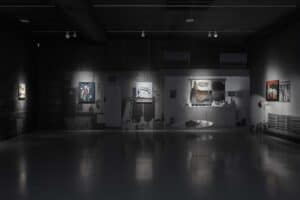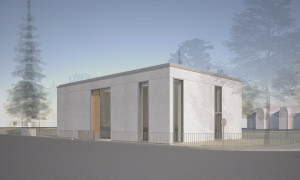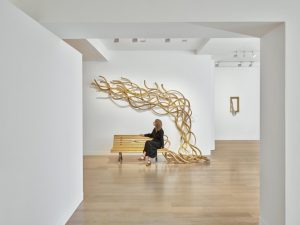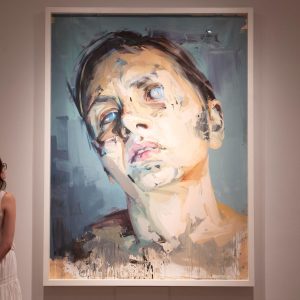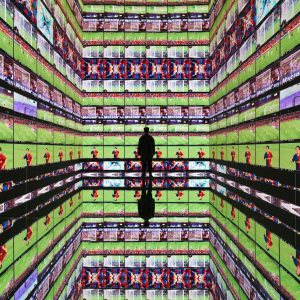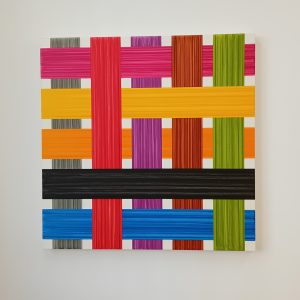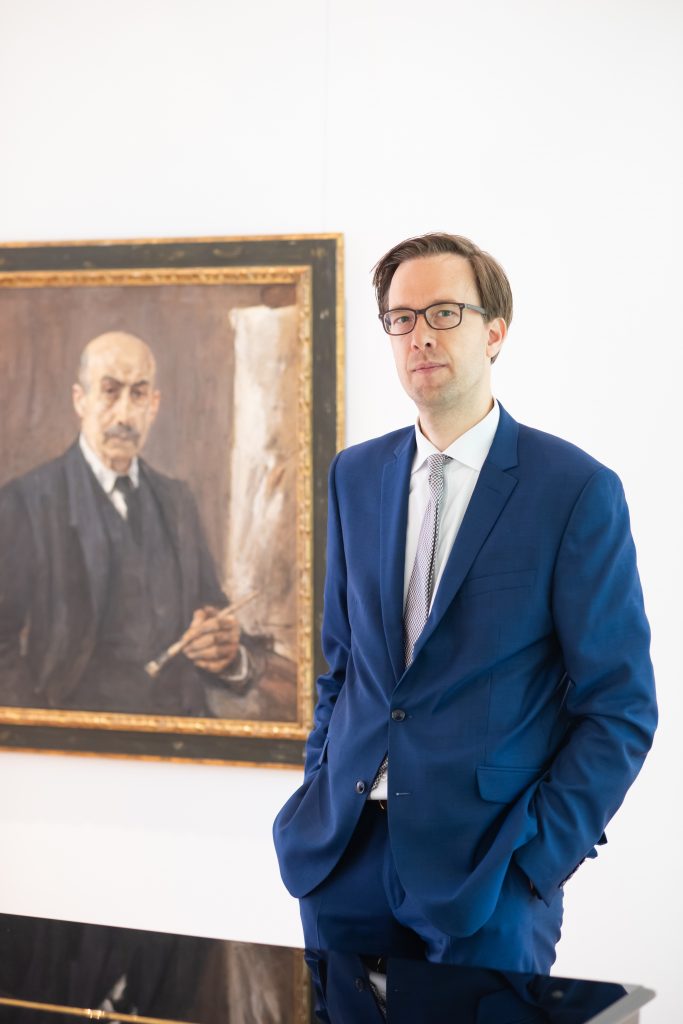
I managed to catch up with Aeneas Bastian and ask him some questions ahead of the opening of their new gallery space in Berlin.
We are living a very charged moment, politically, socially, and culturally. What message do you wish to bring with your gallery?
Although we live in such challenging times, art of the past and art of the present days should be viewed, enjoyed, questioned and discussed. A gallery is the only place, apart from a museum, where this can happen. I strongly believe that the contemplation of art is more than a visual pleasure or intellectual enrichment. Whenever we can, after the necessary lockdowns, we must allow visitors to see gallery shows and grant irreplaceable encounters with works on display.
Why did you decide to inaugurate the gallery now? What are your hopes for the new gallery, creating a new site in the midst of a pandemic?
I’m confident that the gallery can contribute to the fascinating Berlin art world. It would have been wrong to postpone the project: both Berliners and foreign visitors need new galleries more than ever before.
What does this particular time in history mean to you?
It’s a time of reflection, a difficult moment, but also a time to re-engage with our families and close friends, sometimes too rarely as many of us used to travel globally and are now at home.
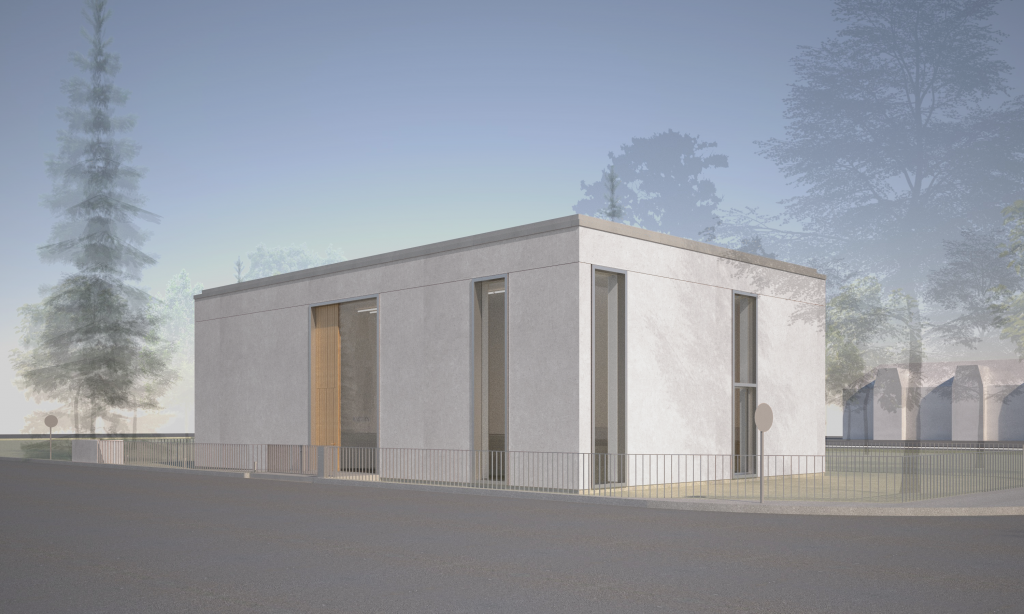
The new space will be housed in a building designed by the famous British architect John Pawson. He is known for his strict minimalism, advocating clarity and simplicity. His projects are also influenced by Japanese architecture, especially in his focus on light, space, and materials. How will your exhibitions create a dialogue with Pawson’s distinctive designs?
I believe that John Pawson’s reduced, elegant design will provide a unique context to display 20th century and contemporary art.
Your programme specialises in German and American post-war modernism. What do you think is the importance of this period?
The 20th century is an epoch of artistic revolution, from Picasso to Pollock. After 1945, the US and Germany emerged as the two countries where you encounter exceptional artists such as Andy Warhol, Cy Twombly or Joseph Beuys. In a way, New York and Berlin took the role that Paris had before. I believe that our program reflects this major shift.
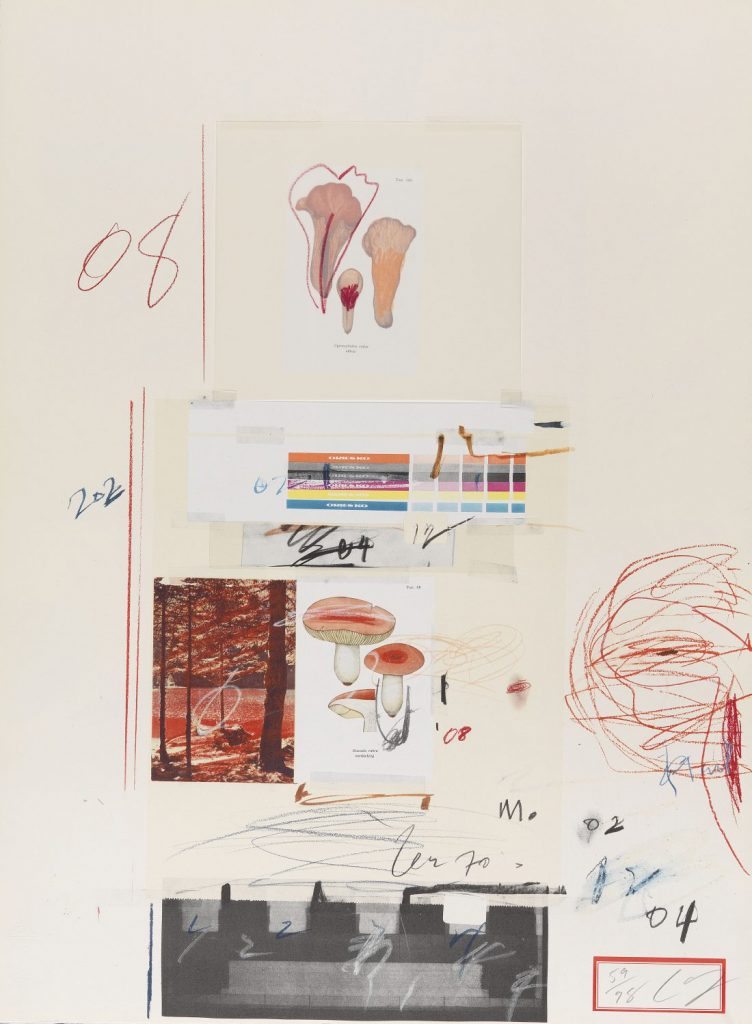
Will you develop a new line for the Berlin space, or will your exhibition programme align to the general ethos of the gallery?
We will maintain a coherent line at the new space in Berlin. The present programme will continue there.
What will be the first exhibition about?
I don’t know yet. It will certainly be a solo exhibition of a remarkable living artist.
Last year you opened a space in the heart of Mayfair, London, strengthening your international presence. How is Brexit going to change this?
Brexit will make logistics more difficult. However, it won’t change the status of London as a leading marketplace. I can accept Brexit, but I think the UK should not leave the EU without an agreement. This is just a wish, yet one shared by numerous gallerists, dealers, artists and collectors.
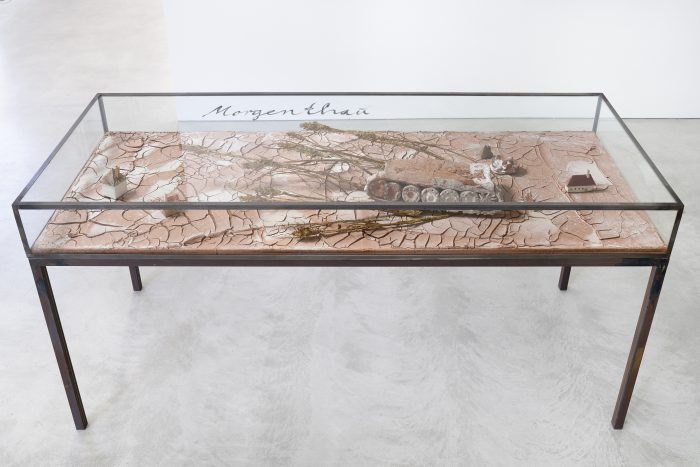
Berlin is one of the most important cultural hubs in Europe. Why did you decide to open a second space there? What does the city represent to you?
Essentially Berlin is all about young contemporary art. We can add an element to this predominant focus on emerging artists by presenting exhibitions with artists like Anselm Kiefer. Having donated our previous exhibition space facing Museum Island to the State Museums last year to create an art education centre, I felt that it was time to imagine a new public gallery in Berlin.
Read more HERE
